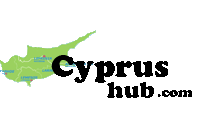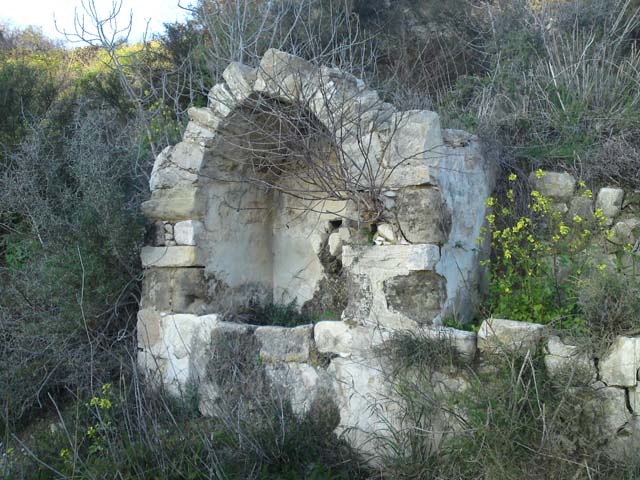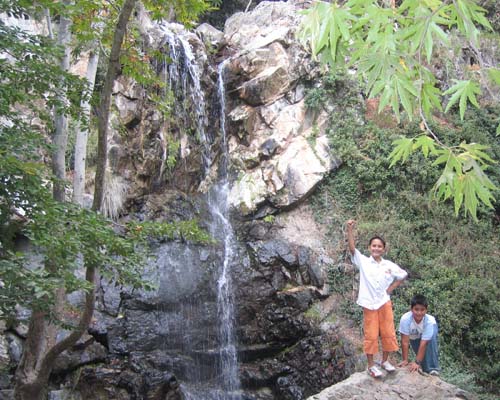Larnaka-Sites and Monuments
Kition Archaeological Site
The first organized settlement in the area of Kition dates to the beginning of the13th century BC. At the end of that century or the beginning of the next, Achaeans redesigned and rebuilt the city. The Phoenicians settled in the area in the 9th century BC. In 312 BC the city kingdom of Kition was occupied and then destroyed by Ptolemy 1st .
| Address: | Kiti, Larnaka |
| Operating Hours: | Monday, Tuesday, Wednesday & Friday: 08:00 - 14:30, Thursday: 08:00 - 17:00 Saturday & Sunday: closed |
| Operating Period: | All year round |
| Entrance Fee: | 1,71 Euro |
Larnaka Fort
Larnaka (Larnaca) Fort stands on the shore at the south end of ‘Phoinikoudes’corniche and was probably built during the reign of James I (1382 -1398) to protect the town’s harbour. Rebuilt in 1625 during the Ottoman period, it was used as a prison in the first years of British rule. The present day fort of Larnaka (Larnaca) is a square building of different eras, with a courtyard in the centre. At the entrance of the fort on the north side is a two - storey building, probably of the Ottoman period. The courtyard is used for cultural events, especially during summer.
| Address: | Larnaka |
| Operating Hours: | November - May & September - October: Monday - Friday: 09:00 - 17:00, June - August: Monday - Friday: 09:00 - 19:30 Saturday & Sunday: closed |
| Operating Period: | All year round |
| Entrance Fee: | 1,71 Euro |
Stavrovouni Monastery
According to
tradition; it was founded in the 4th century by the mother of
Constantine the Great, Agia Eleni, who left a fragment of the Holy
Cross at the monastery. There is an impressive ceremony and
celebrations on September 14th, the day of the Exaltation of the
Holy Cross.
Women are not allowed to visit Stavrovouni Monastery. Men may visit
the monastery, but must be decently dressed. The use of cameras or
video cameras is prohibited.
| Address: | Larnaka |
| Operating Hours: | September - March: 08:00 - 12:00, 14:00 - 17:00, April - August: 08:00 - 12:00, 15:00 - 18:00 |
| Operating Period: | All year round |
Agios Minas Convent
This 15th century convent near the village of Lefkara consists of a church. Besides performing their religious rites, the nuns also paint icons. The church is the common mix of Byzantine and Gothic styles. On the north and south walls are two large paintings of Agios Georgios and Agios Minas dated 1757. Eighteenth century monastic buildings surround the church, with cloisters to the west.
| Address: | Lefkara, Larnaka |
| Operating Hours: | Daily: 08:00 - 12:00, 15:00 - 18:00 (May - September), 08:00 - 12:00, 14:00 - 17:00 (October - April) The convent is open for group visits only from Monday to Friday except: between 12:00 - 15:00 (May - September), between 12:00 - 14:00 (October - April) |
| Operating Period: | All year round |
Agios Antonios Byzantine Church
One of the most important Byzantine churches of Cyprus, Agios Antonios at Kellia probably dates back to the 9th century. It is at three - aisled vaulted basilica that has undergone considerable reconstruction and repair. It preserves significant wall paintings surviving from the 9th, 11th and 13th centuries.
| Address: | Kellia, Larnaka |
| Operating Period: | All year round |
Royal Chapel
Built by the Lusignan King Janus in 1421, it contains a wall painting of the king with his wife, Charlotte de Bourbon. Considered one of the most interesting structures surviving from the Frankish period, the Royal Chapel is situated in Pyrga village.
| Address: | Pyrga, Larnaka |
| Operating Hours: | Daily, by appointment only. |
| Operating Period: | All year round |
| Entrance Fee: | 1,71 Euro |
Choirokoitia Neolithic Settlement
The ancient site of Choirokoitia dates back to the 6th millennium BC. It lies in the domain of the village from which it takes its name in the Larnaka (Larnaca) district on the west bank of the Maroni River overlooking the south coast, 6 kilometres from the sea. Included in the UNESCO World Cultural Heritage list since 1988, Choirokoitia is one of the best preserved settlements of this period in Cyprus and the Eastern Mediterranean.
| Address: | Choirokoitia, Larnaka |
| Operating Hours: | Daily: 08:00 - 17:00 (November - March), 8:00 - 18:00 (April - May, September - October), 08:00 - 19:30 (June - August) |
| Operating Period: | All year round |
| Entrance Fee: | 1,71 Euro |
Agios Georgios Arperas Church
The church of Agios Georgios Arperas stands on the site of the medieval village of Arpera. It was built in 1745. The church has many other frescoes signed by the painter Ioannikios.
| Address: | Tersefanou, Larnaka |
| Operating Period: | All year round |
Agios Lazaros Church
Situated in the centre of Larnaka (Larnaca), the magnificent early 10th century stone church of Agios Lazaros is one of the most important surviving Byzantine monuments of Cyprus. It was built by Byzantine Emperor Leo VI in exchange for the transfer of the Saint’s relic to Constantinople. The church lies over the tomb of Agios Lazaros.
| Address: | Plateia Agiou Lazarou, Larnaka |
| Operating Hours: | Monday - Sunday: 08:00 - 12:30, 14:00 - 18:30 (April - August), Monday - Sunday: 08:00 - 12:30, 14:00 - 17:30 (September - March) |
| Operating Period: | All year round |
| Entrance Fee: | Free entrance |
Terra Santa Catholic Church
Terra Santa is the church of the Latin community in Larnaka (Larnaca).
Franciscan monk Callixte Martel founded the church and the convent
in 1596.
| Address: | Terra Santa 8, Larnaka |
| Operating Hours: | Masses: Monday - Saturday: 08:00 (Latin), Saturday: 18:30 (English), Sunday: 08:00 (Greek), 09:30 (English) |
| Operating Period: | All year round |
Kalavassos Tenta Neolithic Settlement
Tenta, the name of a lens - lies about 2.5 kilometres from the
| Address: | Kalavassos, Larnaka |


